D.bow
Lightweight clamping technology for fuel cell stacks | various clients
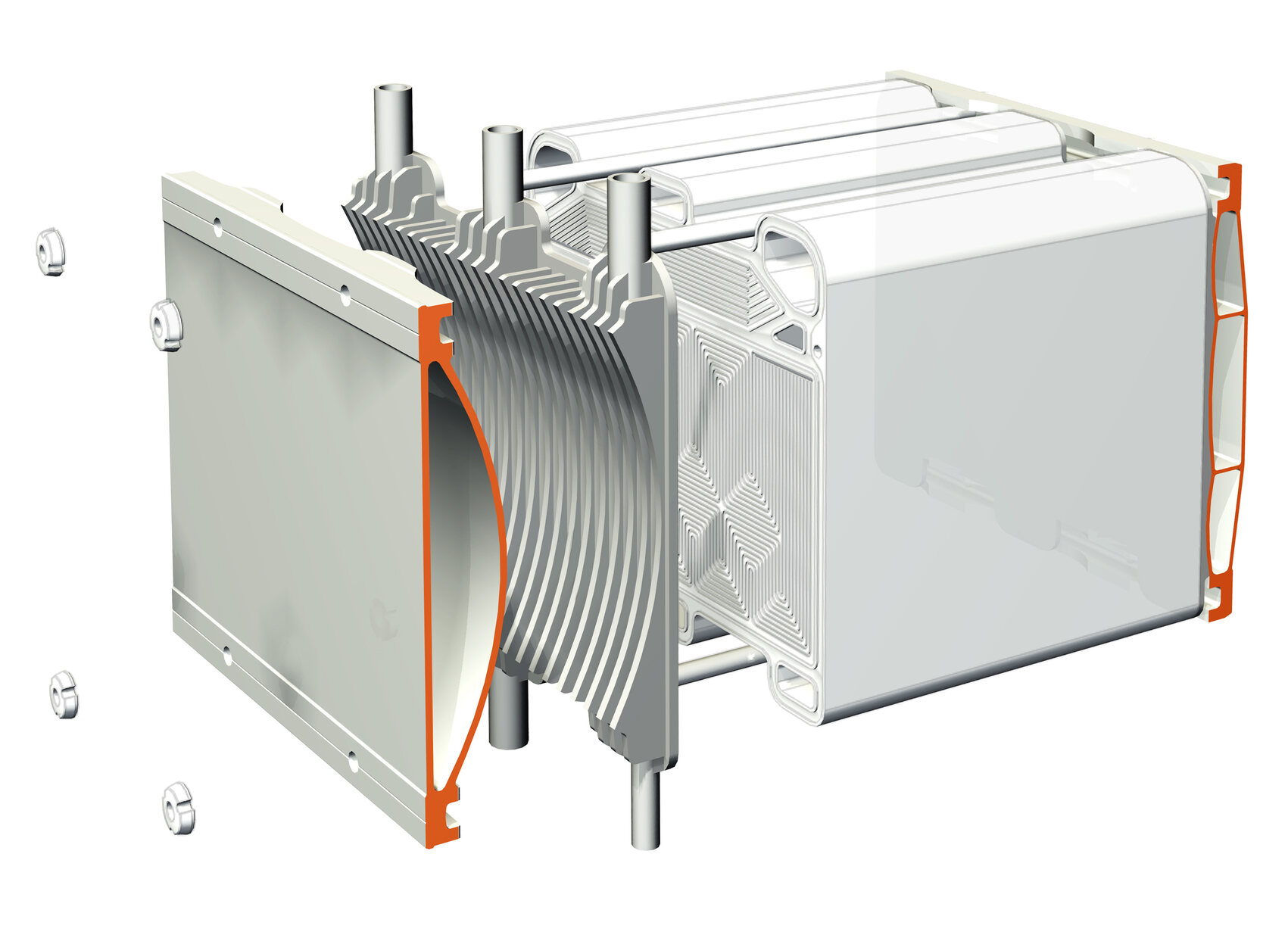
© Tribecraft
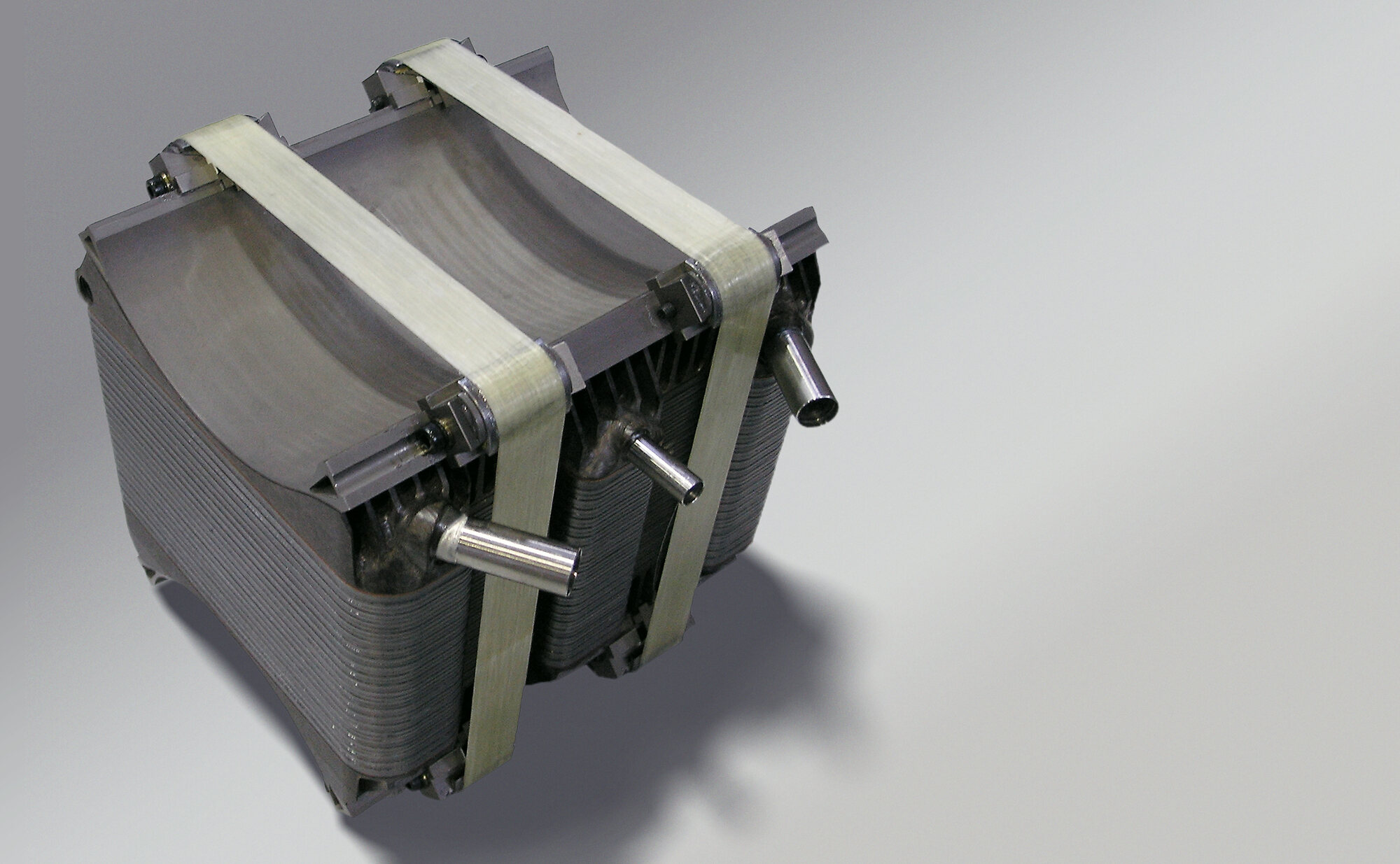
© Tribecraft
PAC-Car II fuel cell,
clamped by fiber-
glass straps around
open D.bow profiles,
which sit on pressure
distributing plates containing
the connections for fluids.
clamped by fiber-
glass straps around
open D.bow profiles,
which sit on pressure
distributing plates containing
the connections for fluids.

© Viessmann
Demonstrator
of a micro indoor
power station
by Viessmann
with a D.bow
fuel cell stack
of a micro indoor
power station
by Viessmann
with a D.bow
fuel cell stack
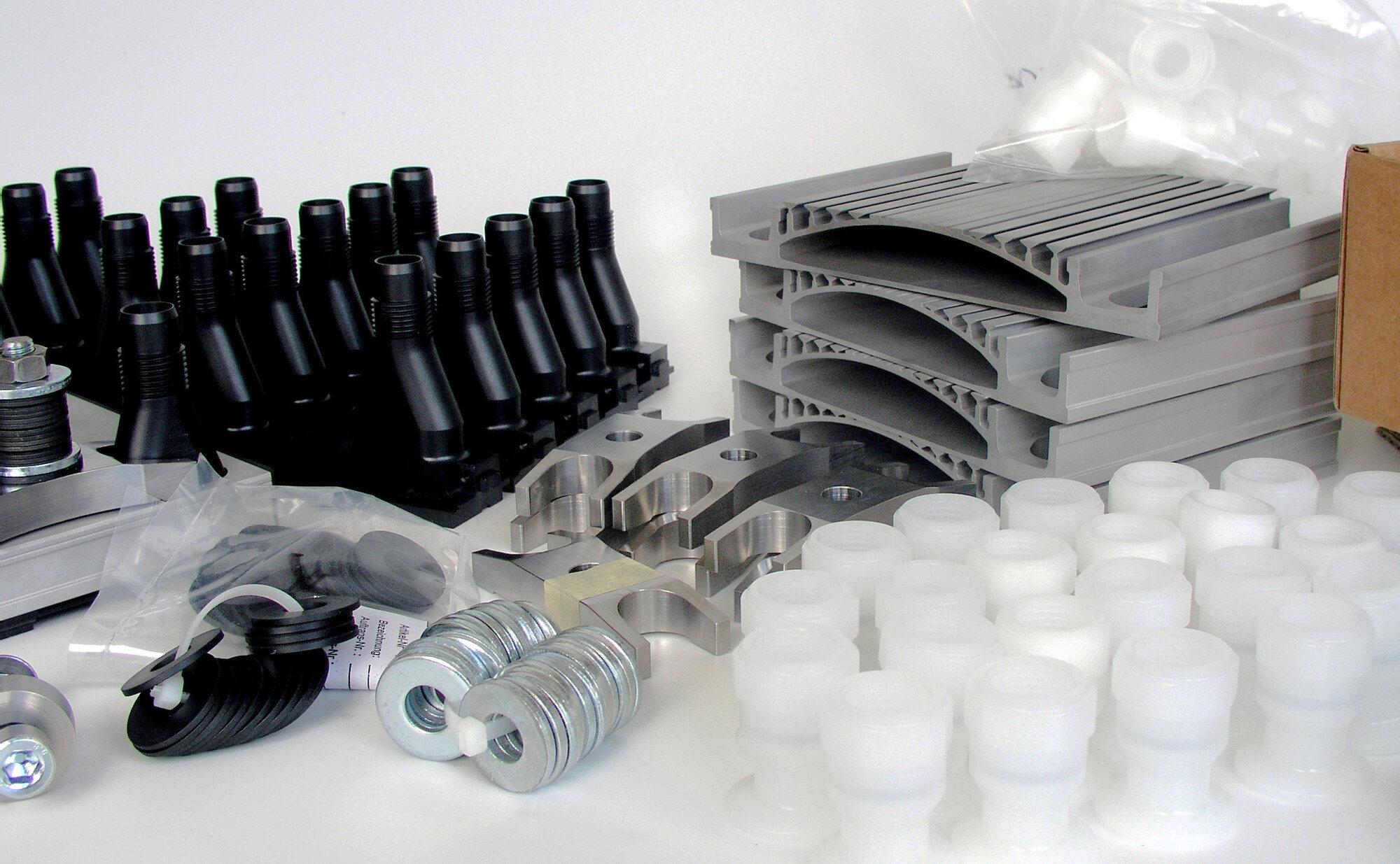
© Tribecraft
D.bow parts for a Viessmann prototype series
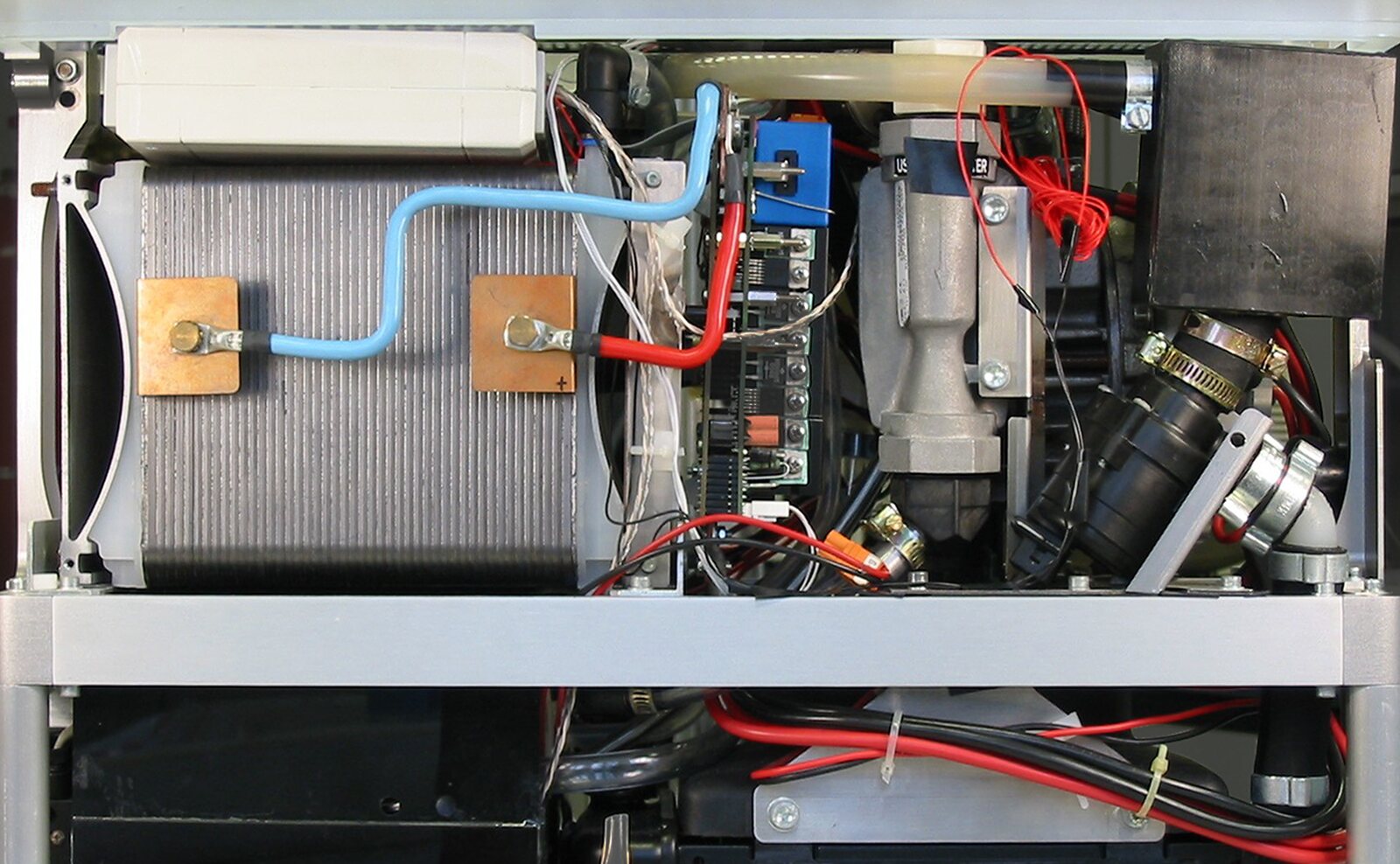
© Tribecraft
D.bow stack in ETH's
and PSI's PowerPAC
and PSI's PowerPAC
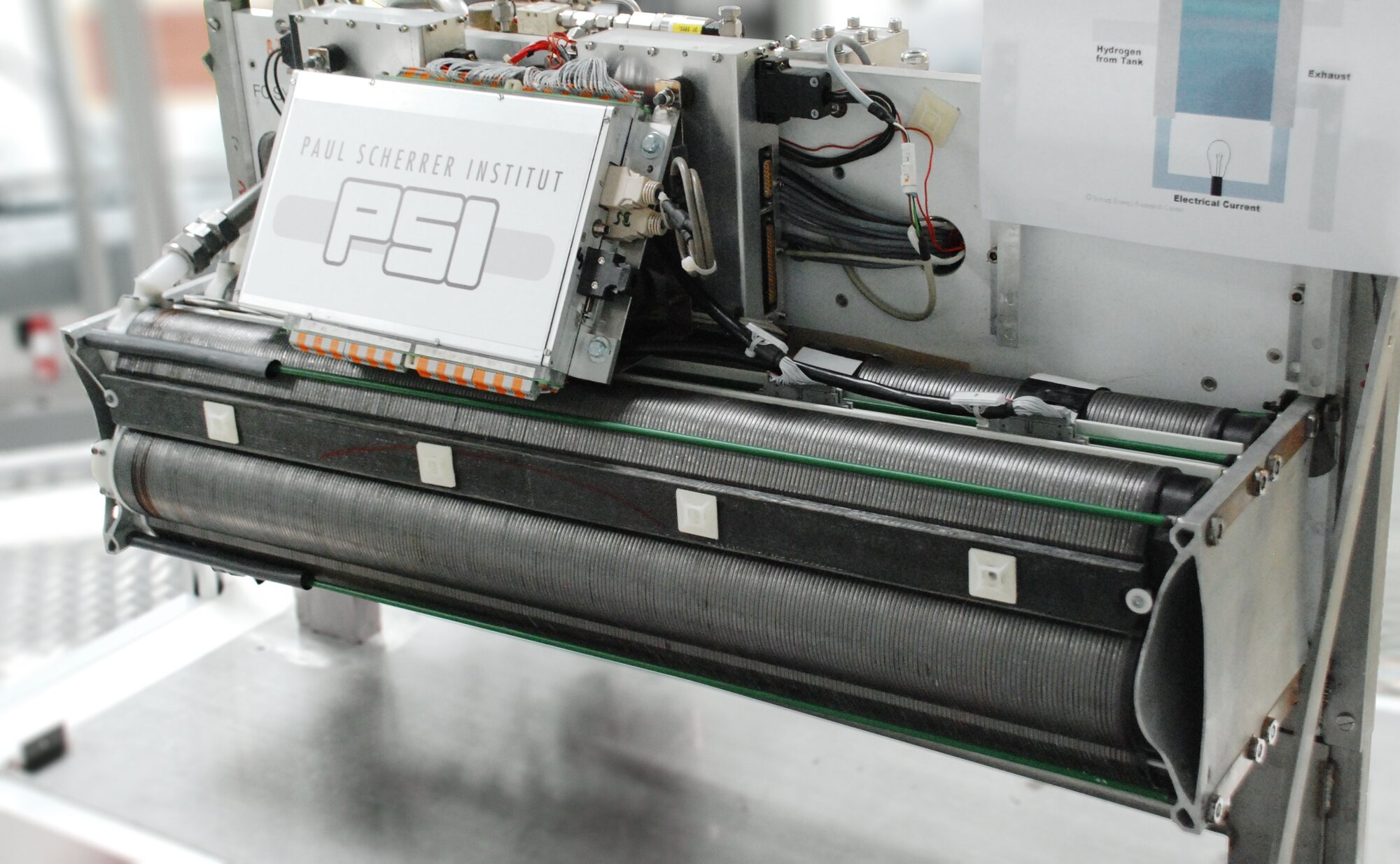
© Tribecraft
D.bow fuel cell stack of
Michelin's and PSI's
HY-LIGHT experimental vehicle
Michelin's and PSI's
HY-LIGHT experimental vehicle
Lightweight at low cost: The special shape of the patented D.bow end plate technology from Tribecraft enables evenly distributing the clamping forces of the bipolar plates of a fuel cell stack.
Reputable customers as the Paul Scherrer Institute, the ETH Zürich, Viessmann or Daimler conducted fuel cell research or predevelopment using Tribecrafts patented D.bow system.
The special shape of the D.bow end plate technology from Tribecraft enables evenly distributing the clamping forces of the bipolar plates of a cell stack. And at an absolutely minimal weight. In the past, end plates could only be manufactured with extensive milling of solid aluminum. D.bow permits producing large volumes at the lowest possible cost thanks to metal extrusion profiles and injection molded plastic parts with integrated fluid lines.
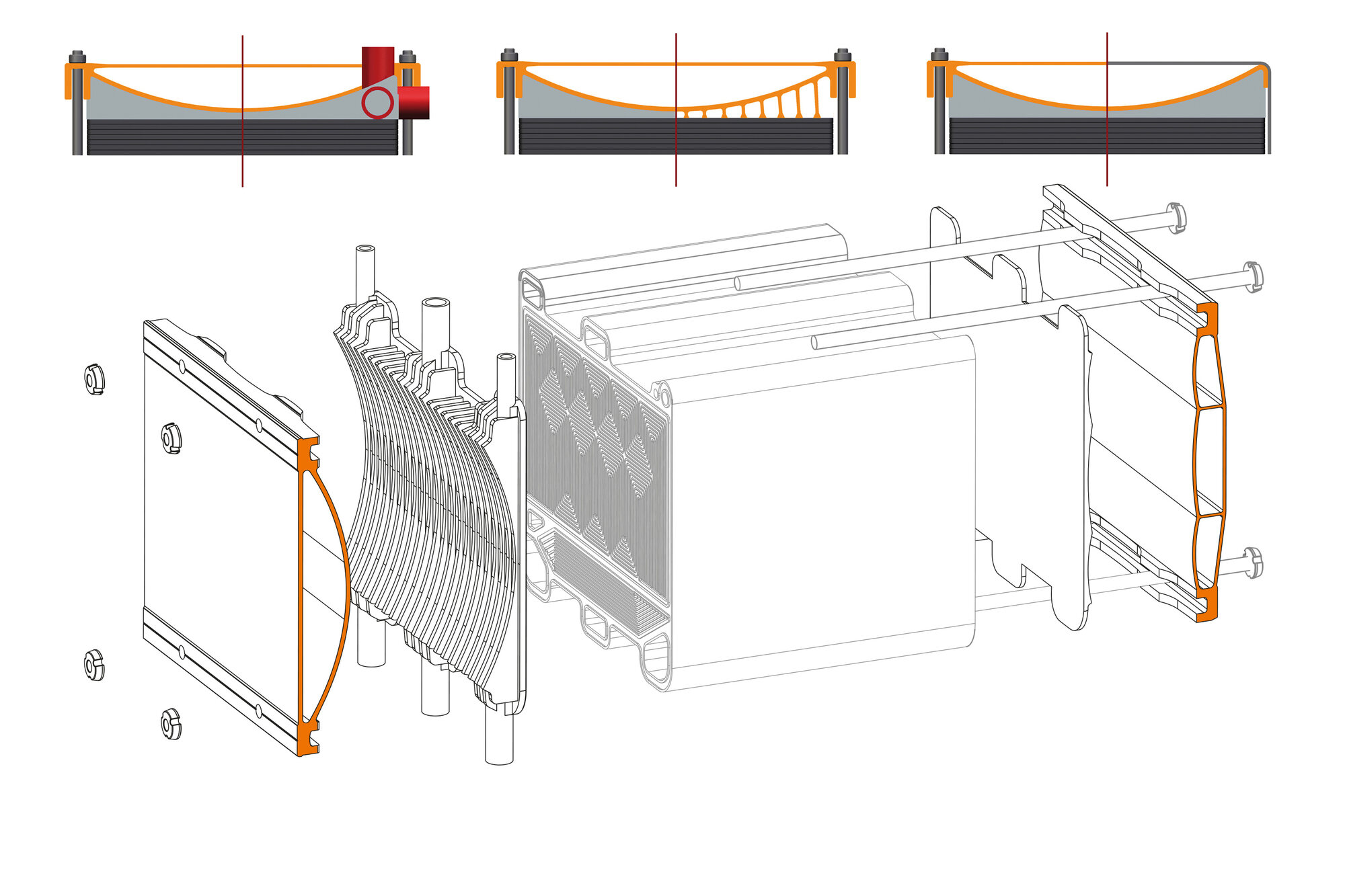
D.bow scheme with various characteristics.
L: metal D.bow-profile with plastic pressure distributing plates and integrated connections for fluids. M: metal D.bow profile with integrated pressure distribution. R: D.bow system clamped with straps.
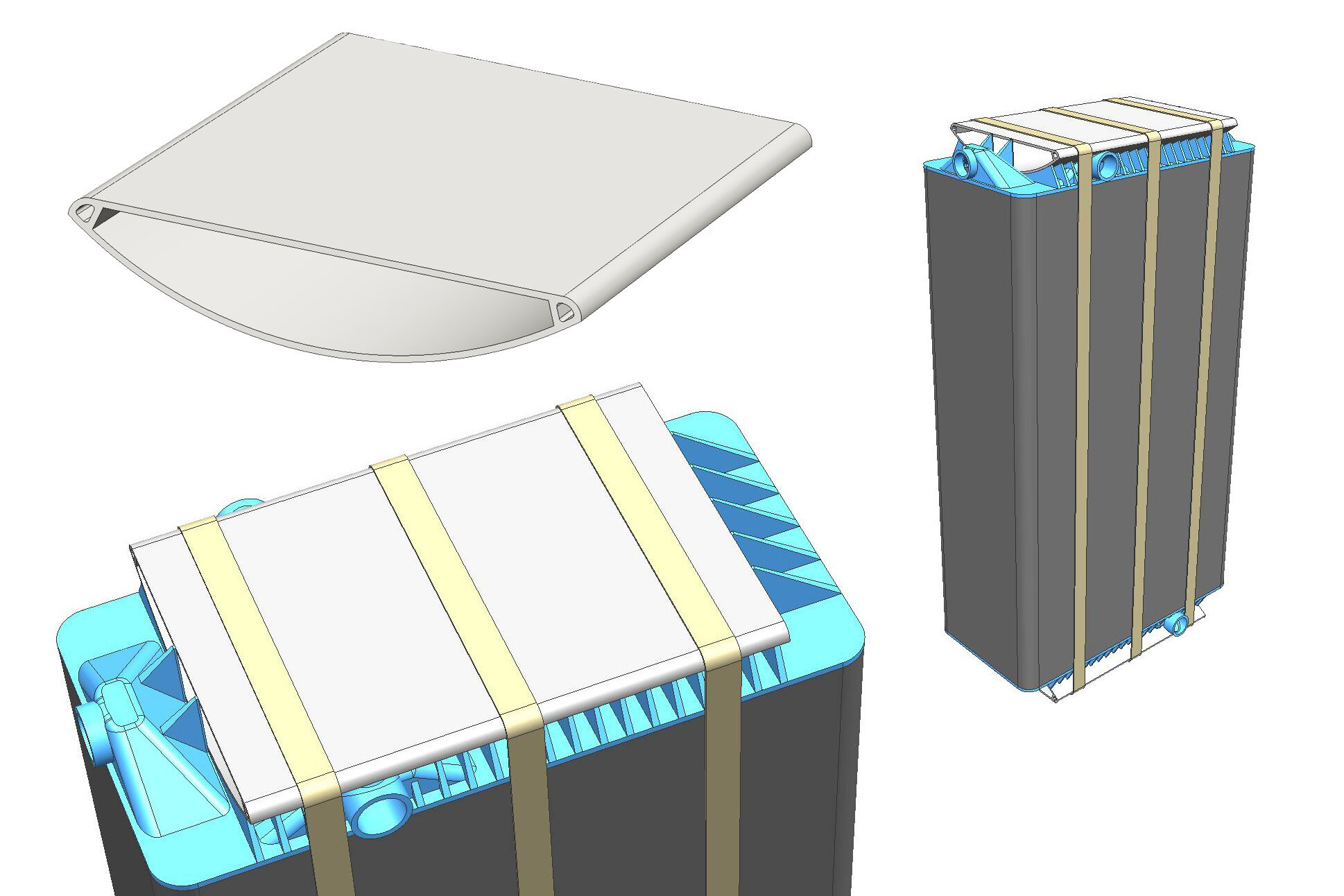
Version with straps for clamping.
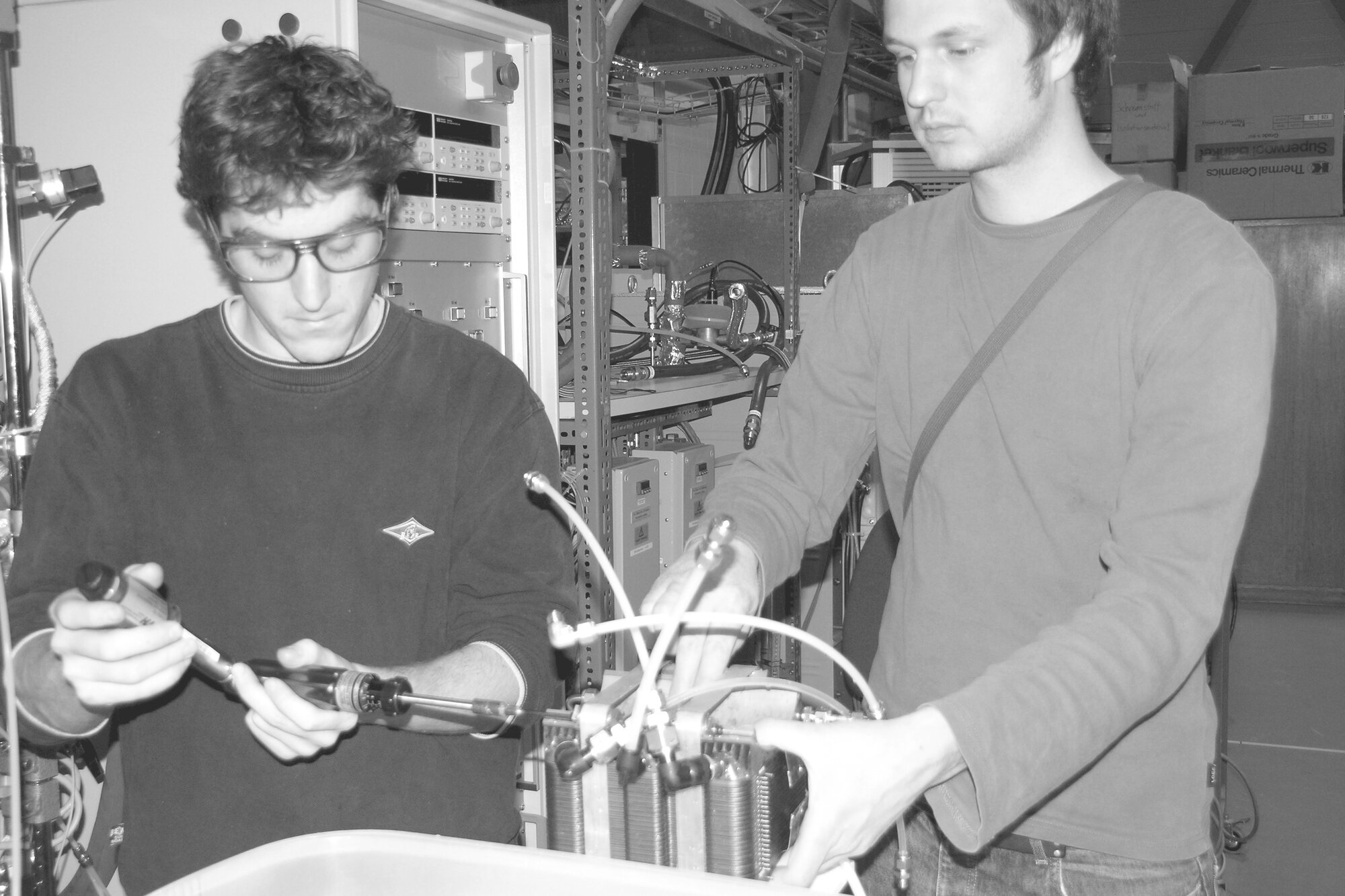
Mounting the PAC-CAR II fuel cell.
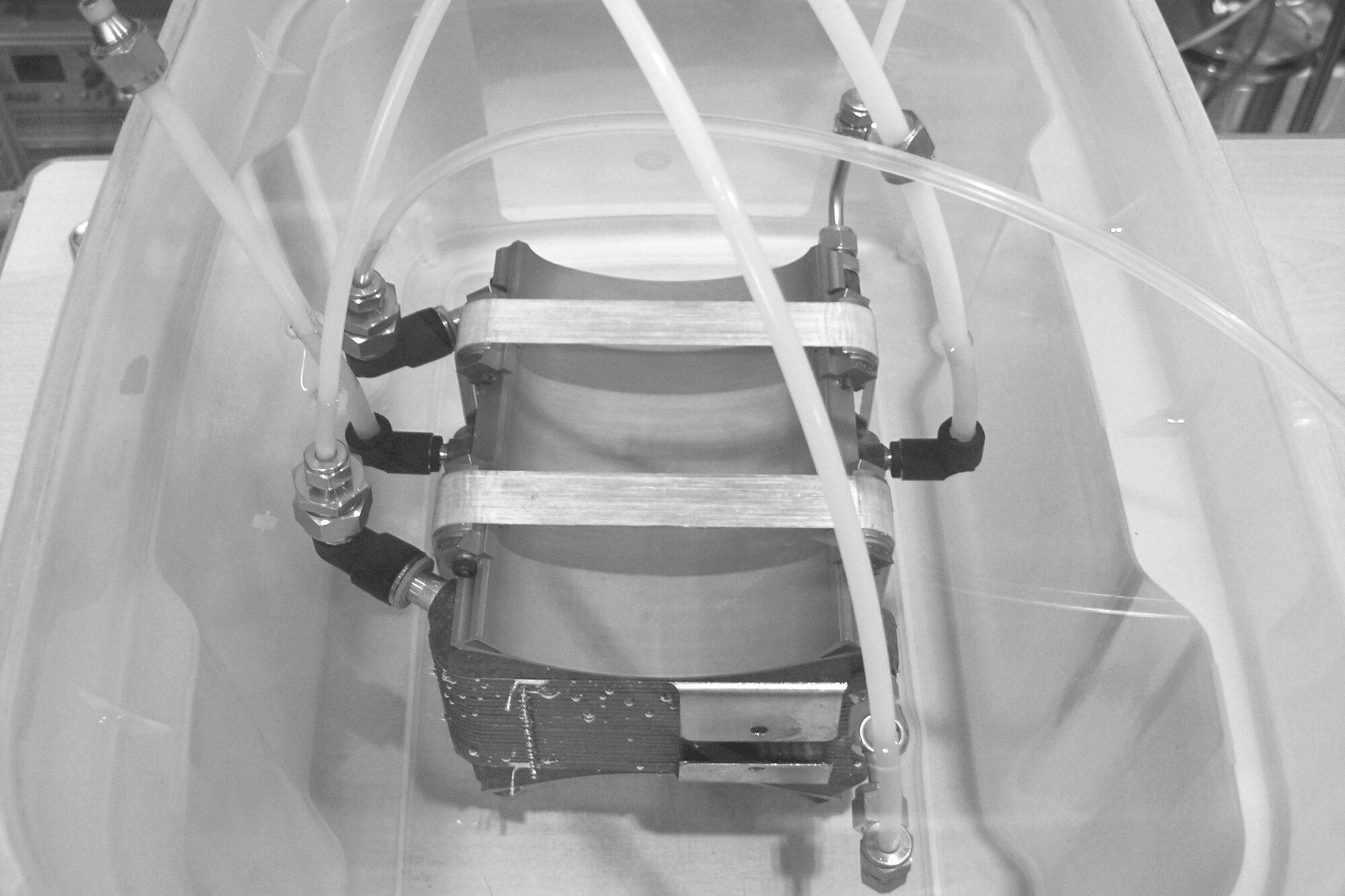
PAC-Car II fuel cell stack at the gastight test in a water basin.
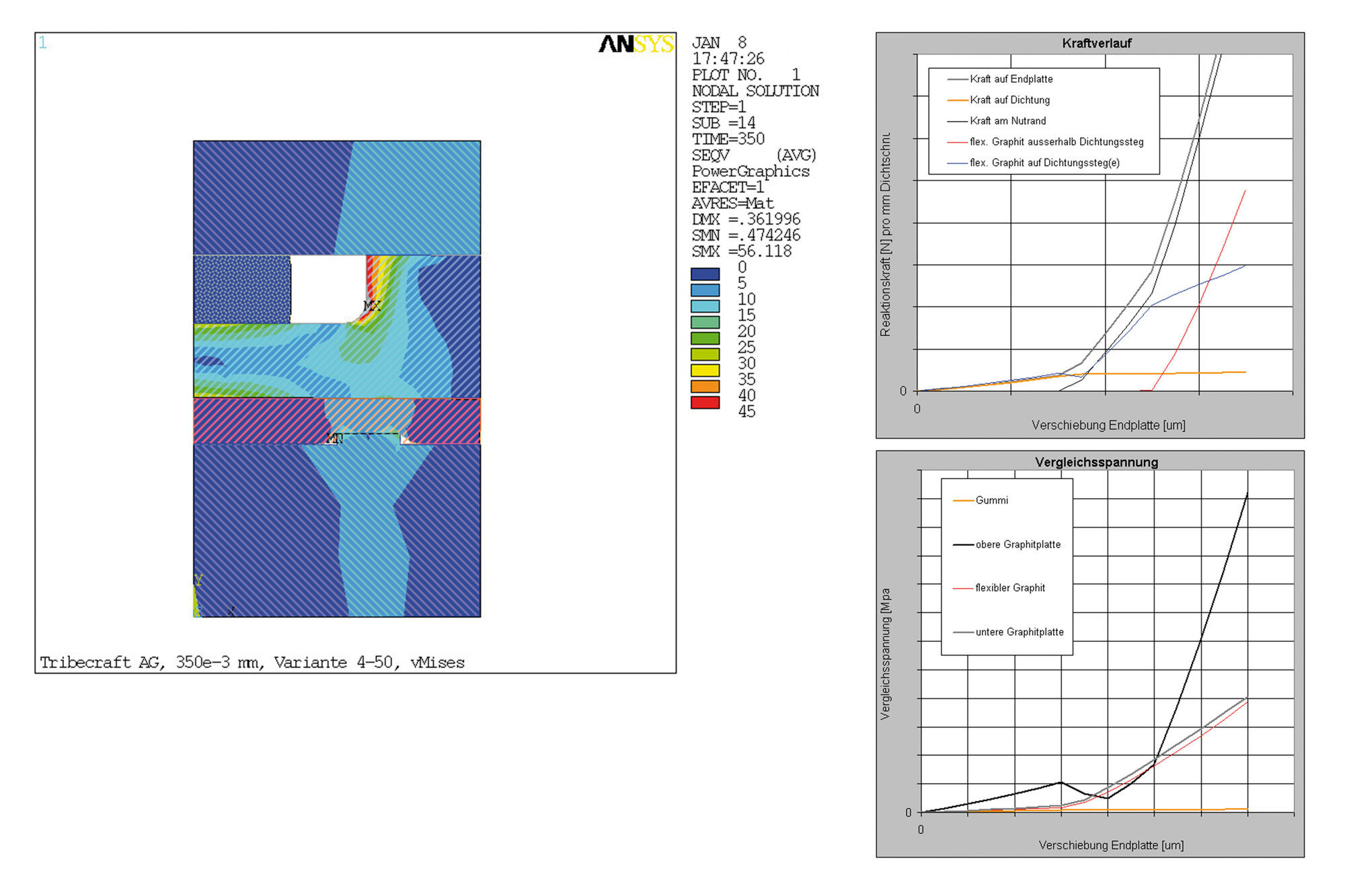
Sealing simulation to determine the stress on graphite bipolar plates.
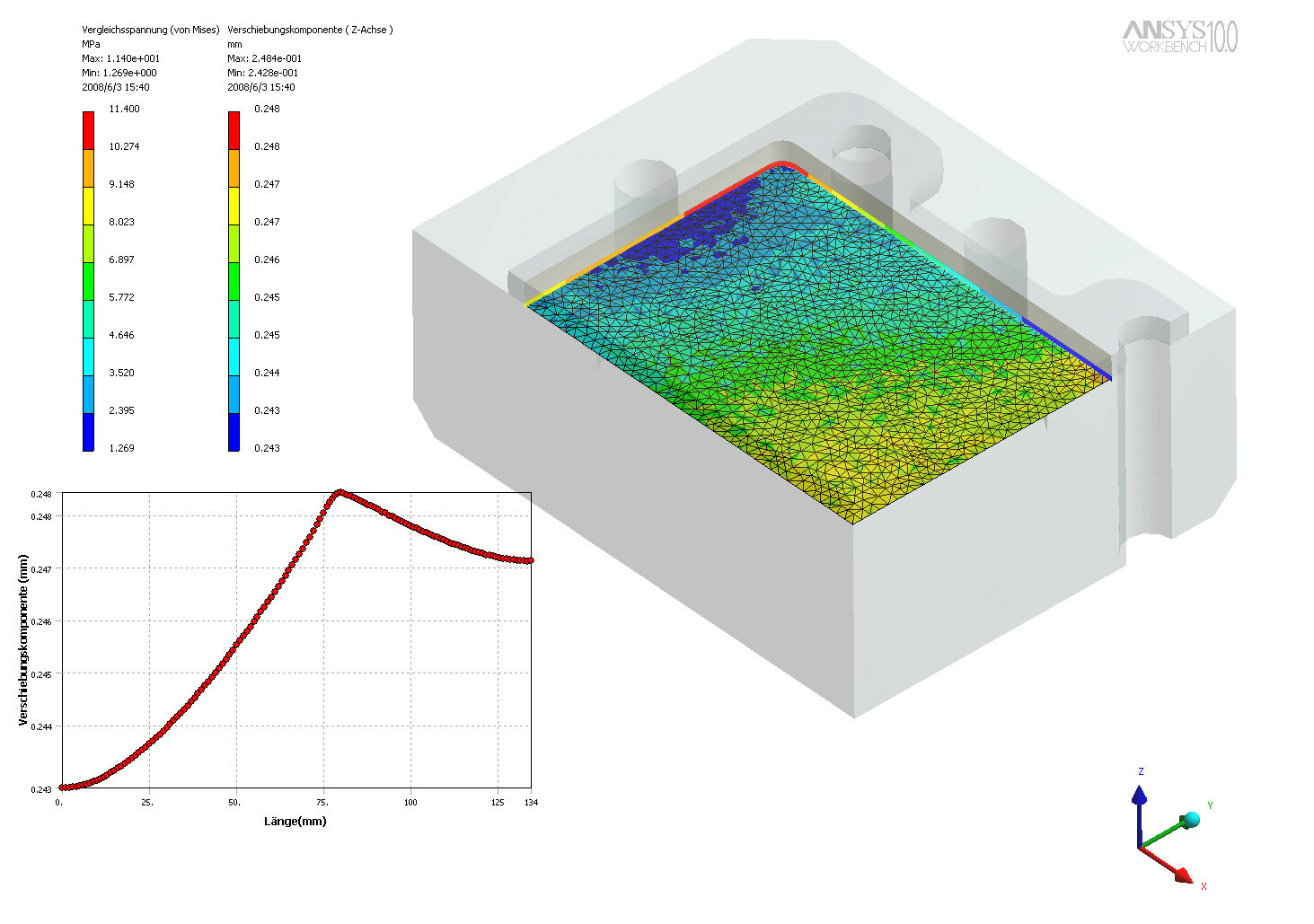
Proof of inhomogenous load distribution at a lab end-plate made out of a solid aluminum block. A factor that can distort test results considerably.
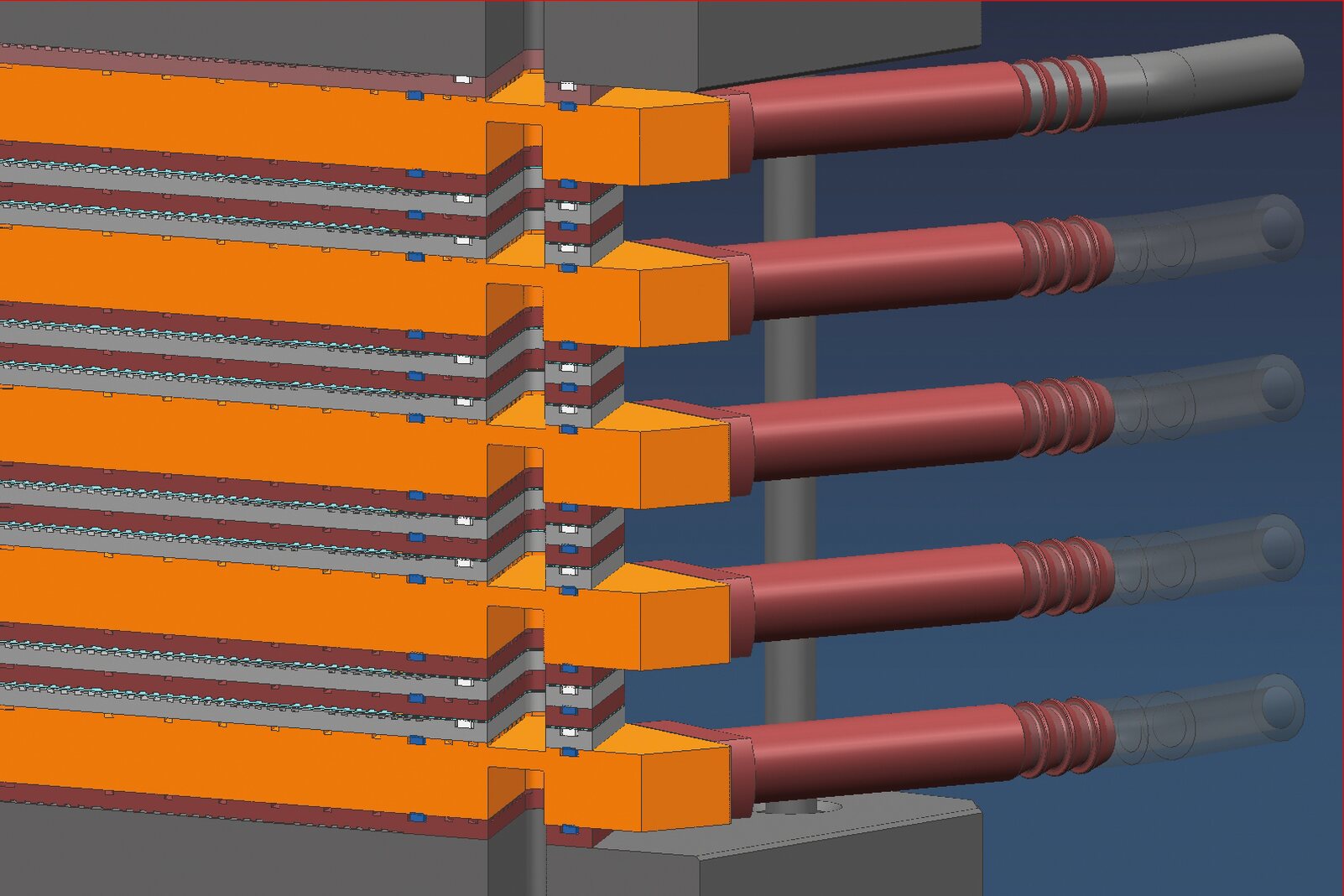
Engineering connector elements to measure cell pairs individually for lab use.
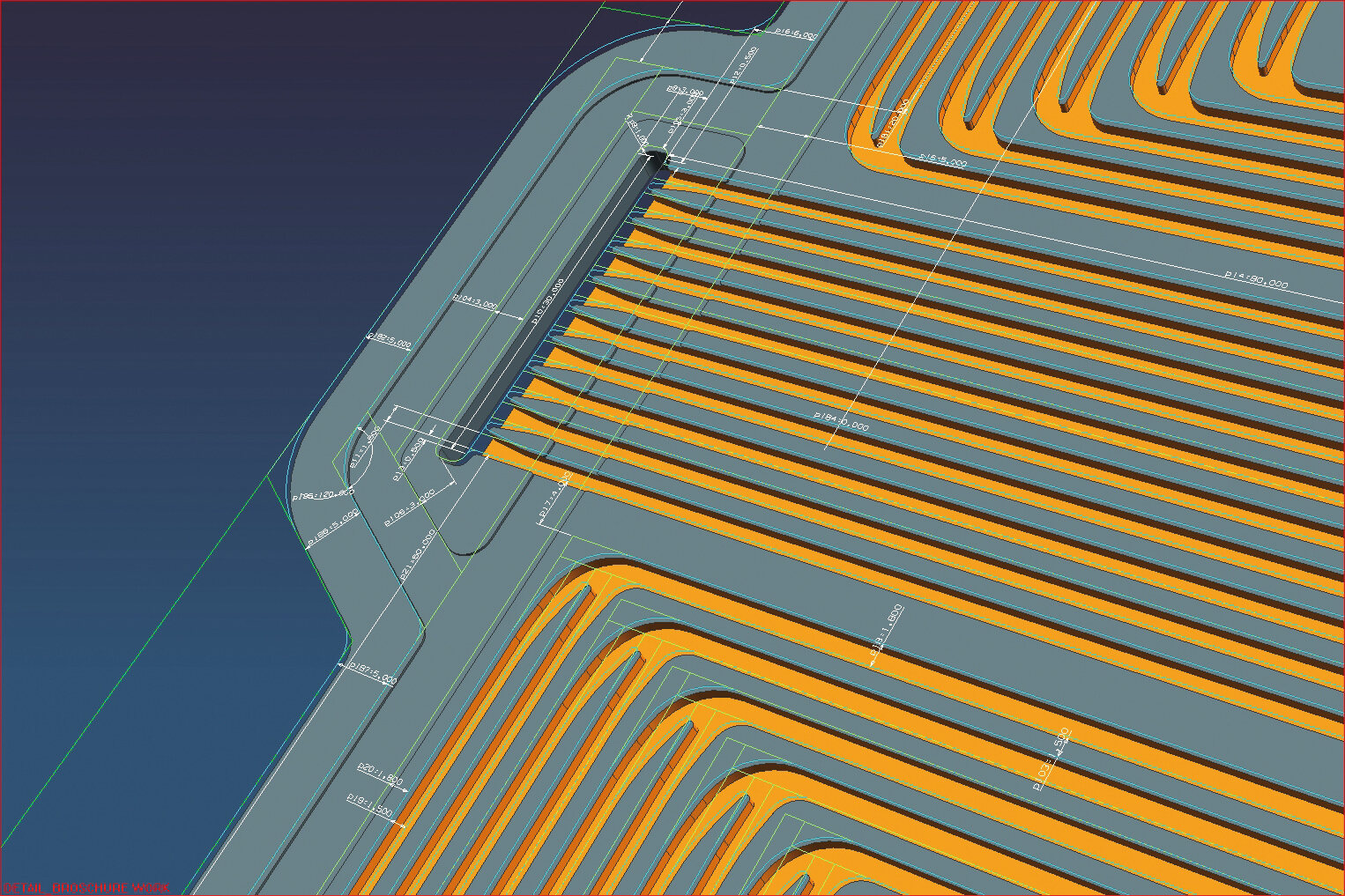
Fully parametric layout of channel flow patterns in a bipolar plate.
1
/
“The modifications reduced the weight of the stack fom 9 to 4 kg, while keeping the cells basically the same.”
From the book: "the world's most fuel efficient vehicle"
Our contribution:
concept
finite element analysis
partial implementation
construction
parts supply
Discover more!

PAC-car II
Record-vehicle for energy efficiency

Blue Diversion toilet
Engineering for locations lacking a water infrastructure
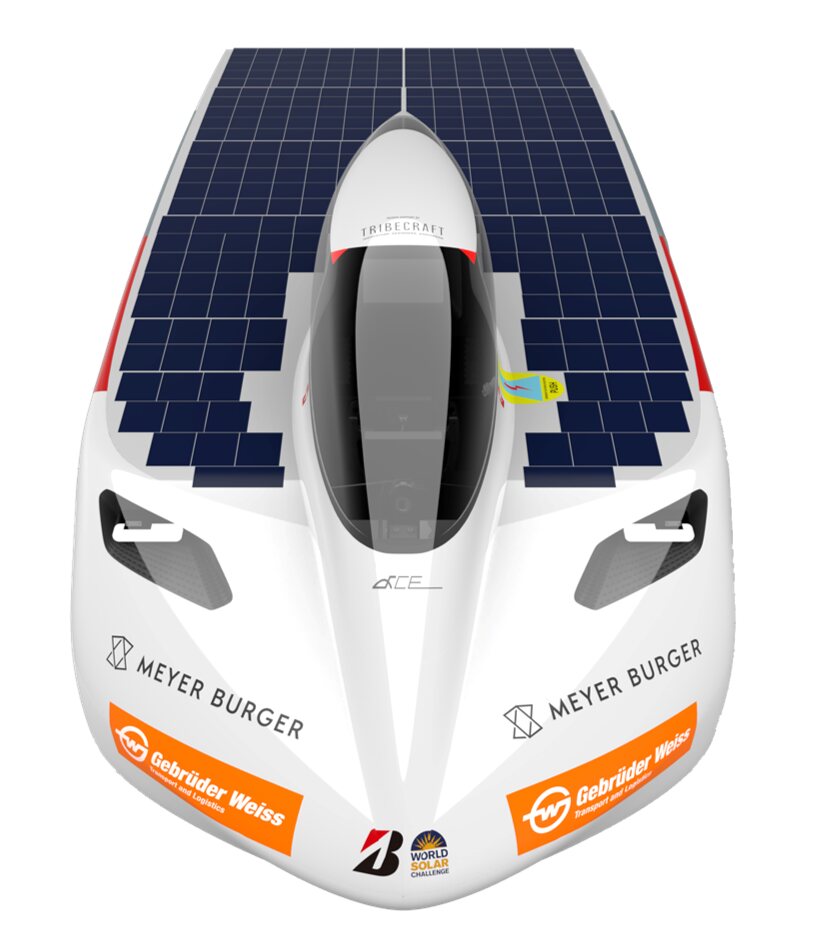
aCentauri solar race car
3022km with pure solar energy across the whole of Australia